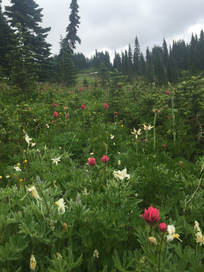
My name is Jose Esparza, and I am an undergrad at the University of California Los Angeles as well as a Duke
Doris Conservation Scholar intern. You may remember me from a previous
blog post. :)
This summer I am working with the Hille Ris Lambers lab on a research
project. Our goal is to learn more about current, former, and potential
future MeadoWatch volunteers – mainly who you are, why you joined, and
what you get out of participating. I will share this information with Janneke,
and we hope to use it to improve the program! Additionally, this
information will help us develop an outreach / recruitment plan to ensure
the MeadoWatch community of citizen scientist volunteers is fully
representative of our region’s diversity.
Many of you will receive an email with the same information and a link to
the surveys that I will also be attaching here. I invite you to participate in
my research and would appreciate your participation in the survey
regarding interest in parks, climate change, and participation in research efforts. Your results will be valuable
to my summer research, the lab, and MeadoWatch in general, and all surveys are anonymous. Below is a link
that will take you to the survey
https://catalyst.uw.edu/webq/survey/jaesparz/336470
Thank you all for being volunteers! I have very much enjoyed meeting with some of you in person and
hope to get to meet more of you on the trails. Please contact me if you would be interested in speaking with
me and helping me more with my research. You can contact me through email at
[email protected].
Just a quick update: it looks like the Reflection Lakes hike is mostly melted out. The snow bridge near plot 2
is gone with little water running through, so crossing the stream should be no problem! The hike is as
beautiful as ever, and the wildflowers are out and blooming. As you reach higher elevations, past plot 7,
you can still find quite a bit of snow out but all eleven plots are uncovered and can be accessed. Plenty of
MeadoWatch plant species are out and in abundance. If you are scheduled to hike sometime this week,
you can expect great weather conditions.
Best,
Jose Esparza

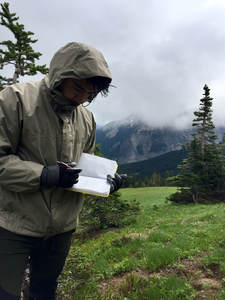
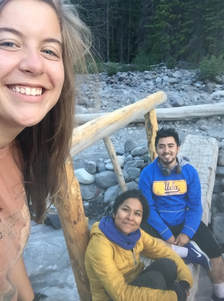
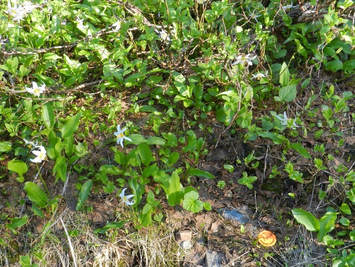
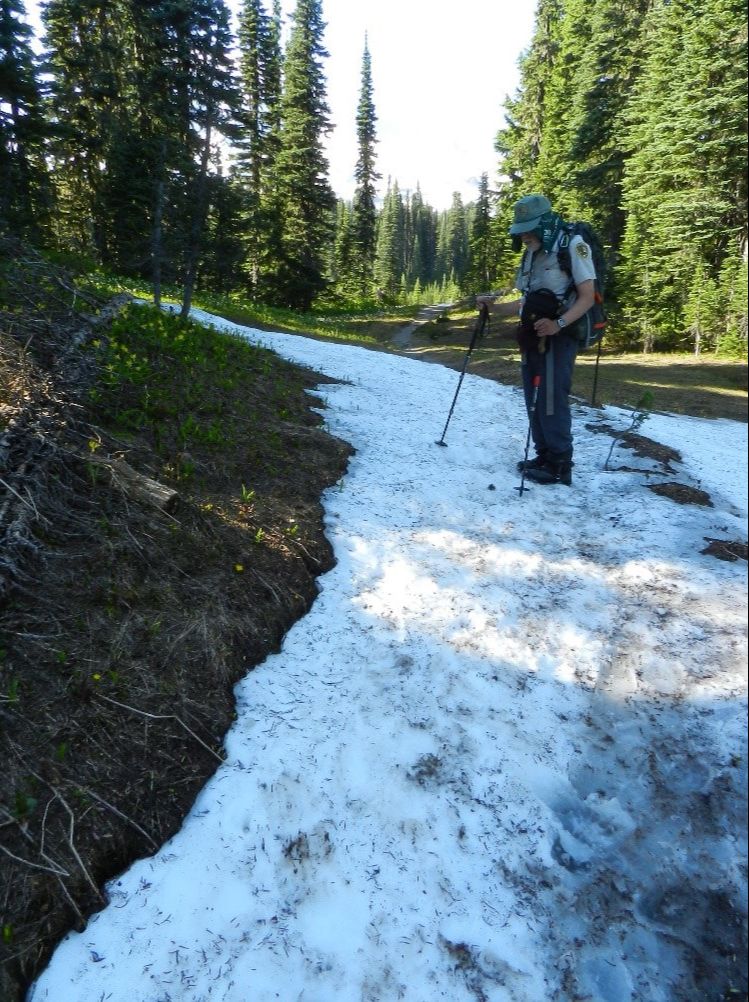
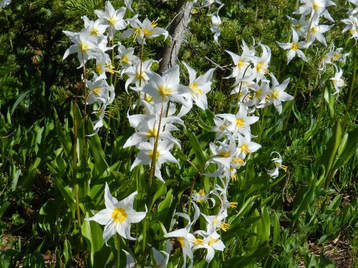
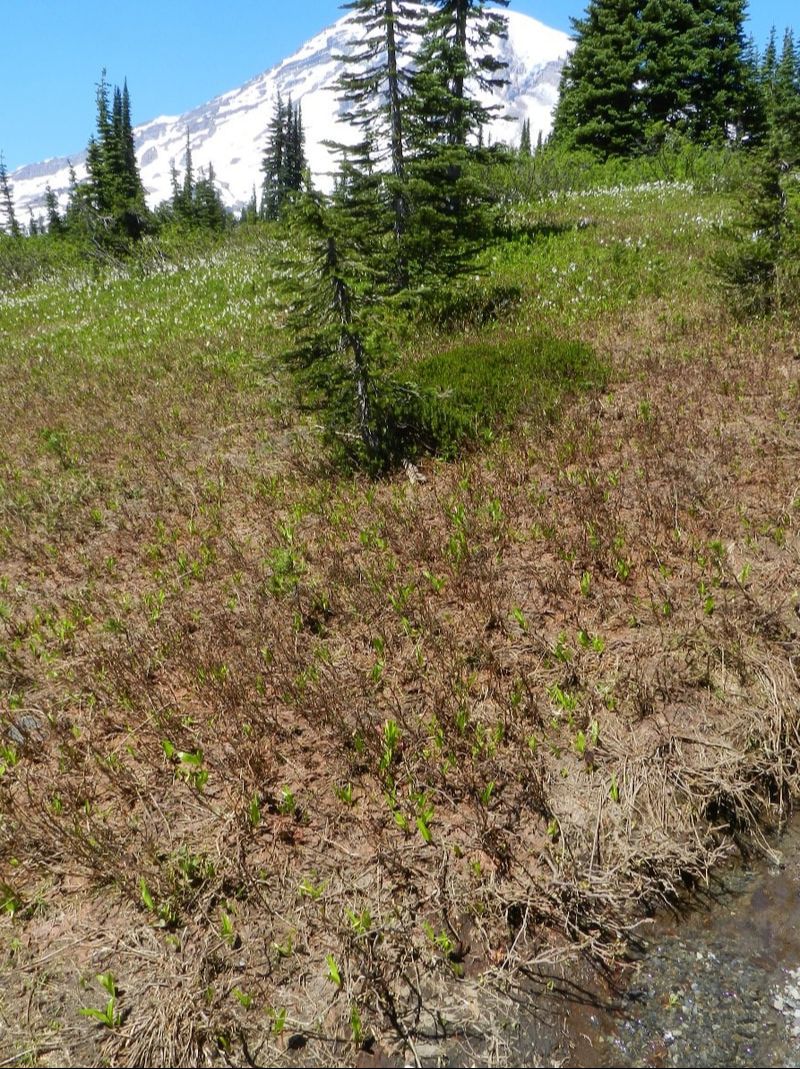
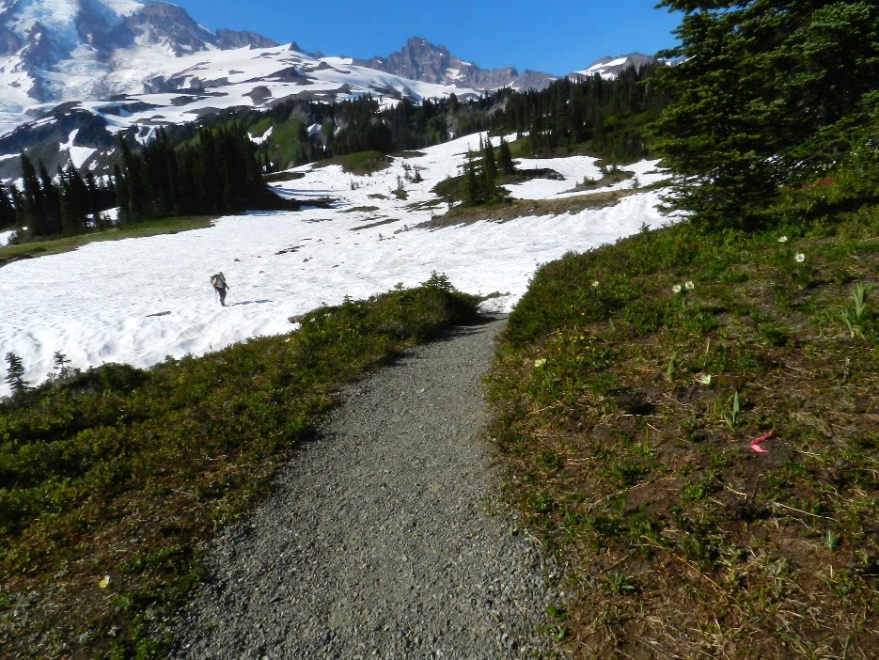
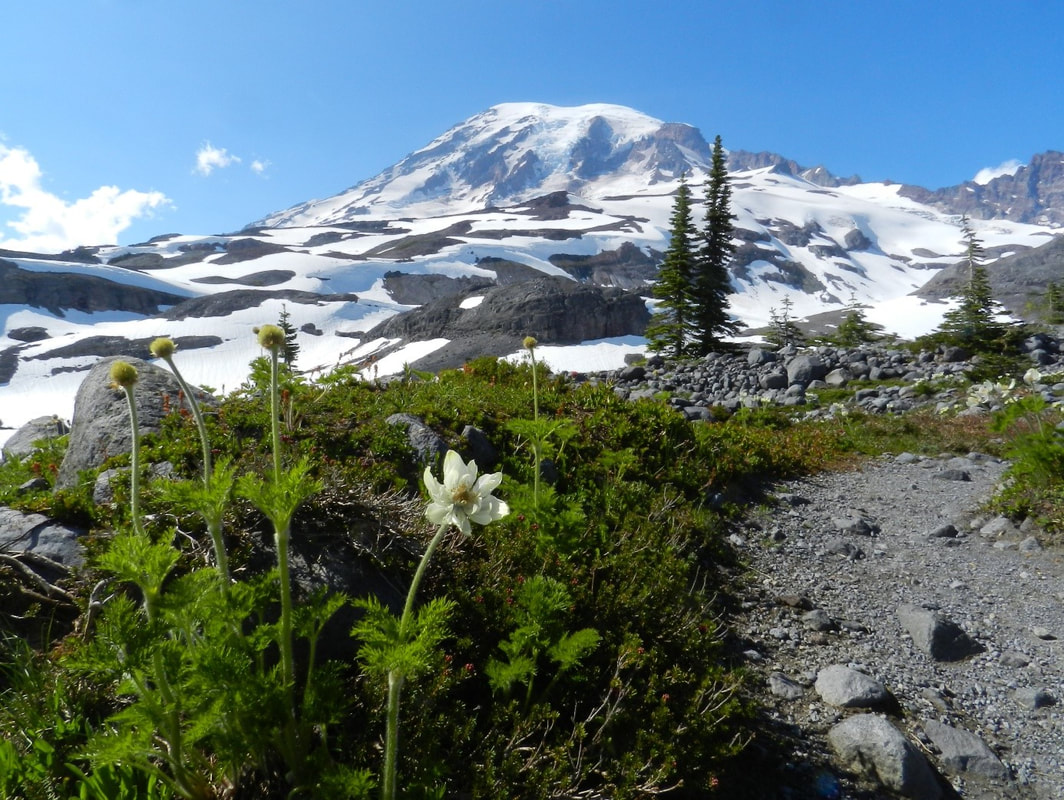
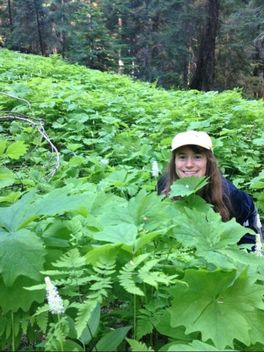
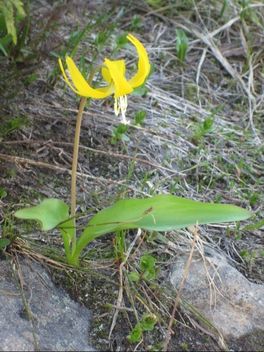
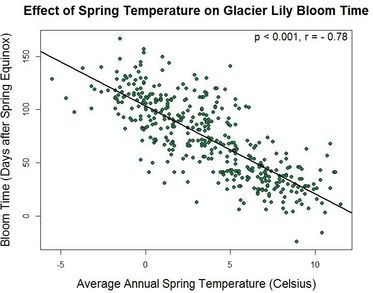
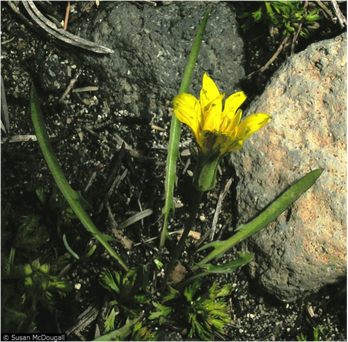
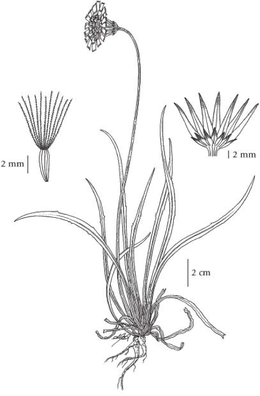
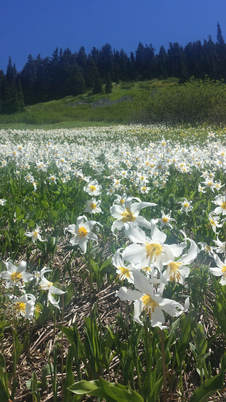
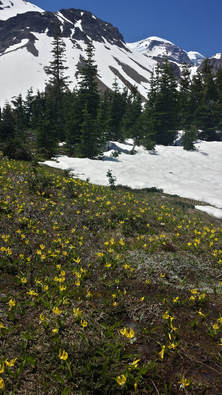
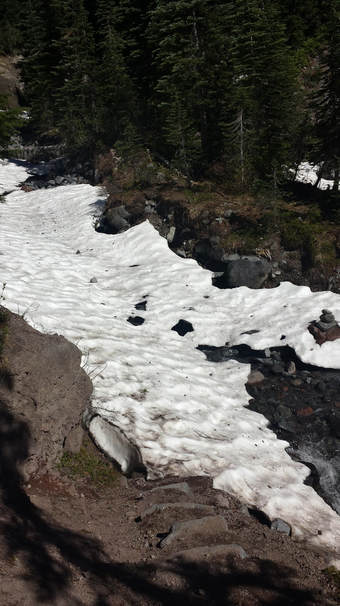

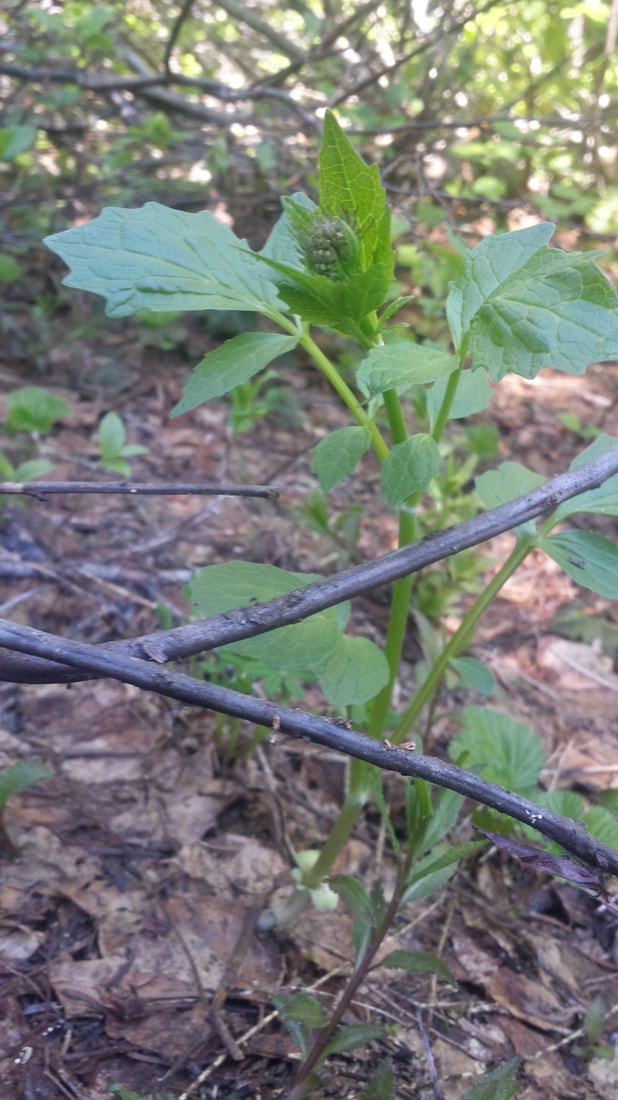
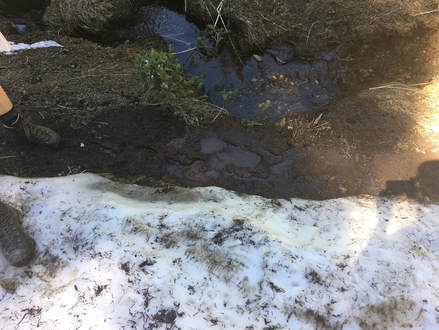
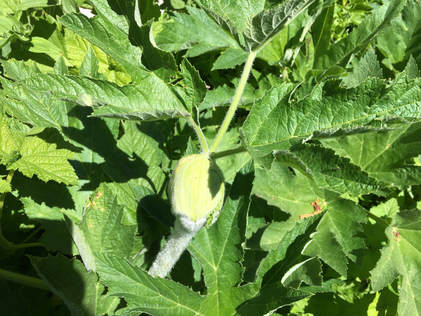
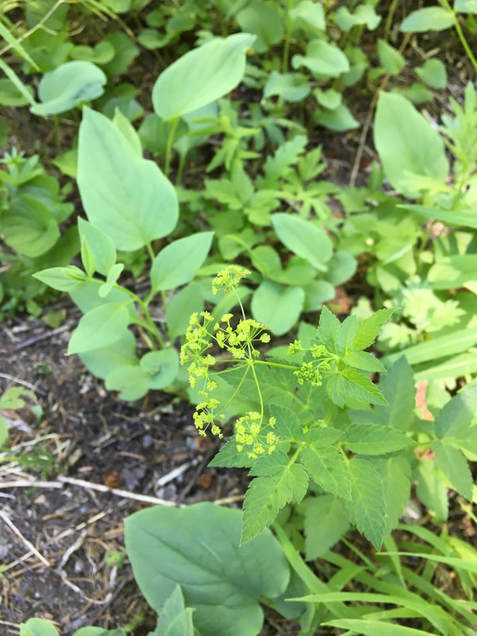
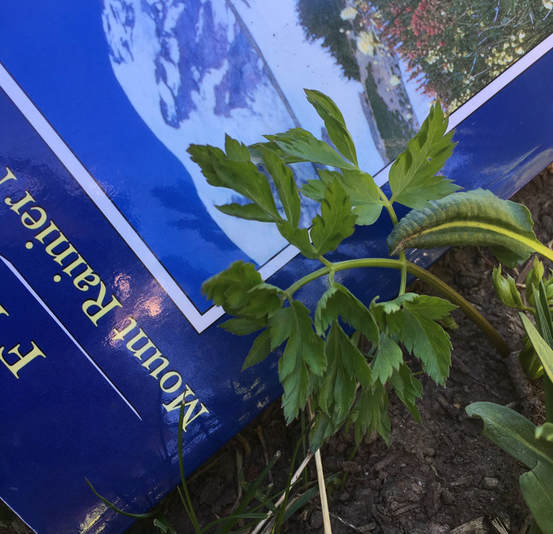

 RSS Feed
RSS Feed